Robotic Stabilizer.
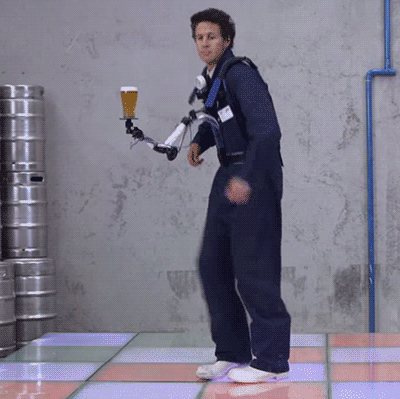


Bostrom tells IBTimes UK that advanced AI creation is on the path to the ‘best possible future’.
Rodney Brooks and his company are building robots to work alongside humans in factories. But should workers be concerned for their jobs? :|]
http://www.bbc.co.uk/news/business-34810552
In spite of the popular perception of the state of artificial intelligence, technology has yet to create a robot with the same instincts and adaptability as a human. While humans are born with some natural instincts that have evolved over millions of years, Neuroscientist and Artificial Intelligence Expert Dr. Danko Nikolic believes these same tendencies can be instilled in a robot.
“Our biological children are born with a set of knowledge. They know where to learn, they know where to pay attention. Robots simply can not do that,” Nikolic said. “The problem is you can not program it. There’s a trick we can use called AI Kindergarten. Then we can basically interact with this robot kind of like we do with children in kindergarten, but then make robots learn one level lower, at the level of something called machine genome.”
Programming that machine genome would require all of the innate human knowledge that’s evolved over thousands of years, Nikolic said. Lacking that ability, he said researchers are starting from scratch. While this form of artificial intelligence is still in its embryonic state, it does have some evolutionary advantages that humans didn’t have.
“By using AI Kindergarten, we don’t have to repeat the evolution exactly the way evolution has done it,” Nikolic said. “This experiment has been done already and the knowledge is already stored in our genes, so we can accelerate tremendously. We can skip millions of failed experiments where evolution has failed already.”
Rather than jumping into logic or facial recognition, researchers must still begin with simple things, like basic reflexes and build on top of that, Nikolic said. From there, we can only hope to come close to the intelligence of an insect or small bird.
“I think we can develop robots that would be very much biological, like robots, and they would behave as some kind of lower level intelligence animal, like a cockroach or lesser intelligent birds,” he said. “(The robots) would behave the way (animals) do and they would solve problems the way they do. It would have the flexibility and adaptability that they have and that’s much, much more than what we have today.”
As that machine genome continues to evolve, Nikolic compared the potential manipulation of that genome to the selective breeding that ultimately evolved ferocious wolves into friendly dogs. The results of robotic evolution will be equally benign, and he believes, any attempts to develop so-called “killer robots” won’t happen overnight. Just as it takes roughly 20 years for a child to fully develop into an adult, Nikolic sees an equally long process for artificial intelligence to evolve.
Nikolic cited similar attempts in the past where the manipulation of the genome of biological systems produced a very benign result. Further, he doesn’t foresee researchers creating something dangerous, and given his theory that AI could develops from a core genome, then it would be next to impossible to change the genome of a machine or of a biological system by just changing a few parts.
Going forward, Nikolic still sees a need for caution. Building some form of malevolent artificial intelligence is possible, he said, but the degree of difficulty still makes it unlikely.
“We can not change the genome of machine or human simply by changing a few parts and then having the thing work as we want. Making it mean is much more difficult than developing a nuclear weapon,” Nikolic said. “I think we have things to watch out for, and there should be regulation, but I don’t think this is a place for some major fear… there is no big risk. What we will end up with, I believe, will be a very friendly AI that will care for humans and serve humans and that’s all we will ever use.”
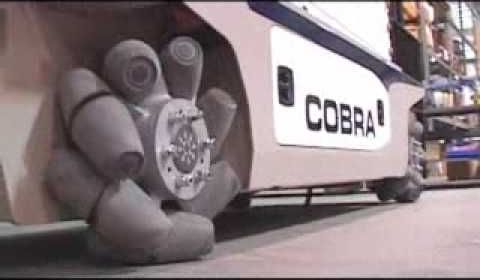
Ugh, this is just typical. You think you know the way the world works: wind blows, fire burns, wheels spin and – wait, what’s this thing doing?
What? You mean, it can actually move in any direction without so much as turning on an axis? That’s blowing my mind. I’m no gear head, but I’m sort of attached to having a steering wheel in my car, you know? Now you’re saying that self-driving cars will take those away, and now there won’t even be wheels to turn in the direction you want to go in?
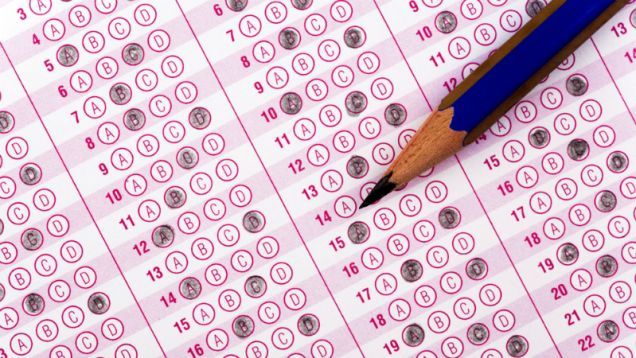
An artificial intelligence program received such high scores on a standardized test that it’d have an 80% chance of getting into a Japanese university.
The Wall Street Journal reports that the program, developed by Japan’s National Institute of Informatics, took a multi-subject college entrance exam and passed with an above-average score of 511 points out of a possible 950. (The national average is 416.) With scores like that, it has an 8 out of 10 chance of being admitted to 441 private institutions in Japan, and 33 national ones.
The AI took some time to perfect, and it still has a ways to go. The team had been working on the program since 2011, the same year IBM’s Watson dominated Jeopardy! champions Ken Jennings and Brad Rutter in a multi-day tournament. Previously, the Japanese AI program had received below-average results, but this time around, the robot did particularly well in math and history questions, which have straightforward answers, but it still received iffy marks in the physics section of the test, which requires advanced language processing skills.
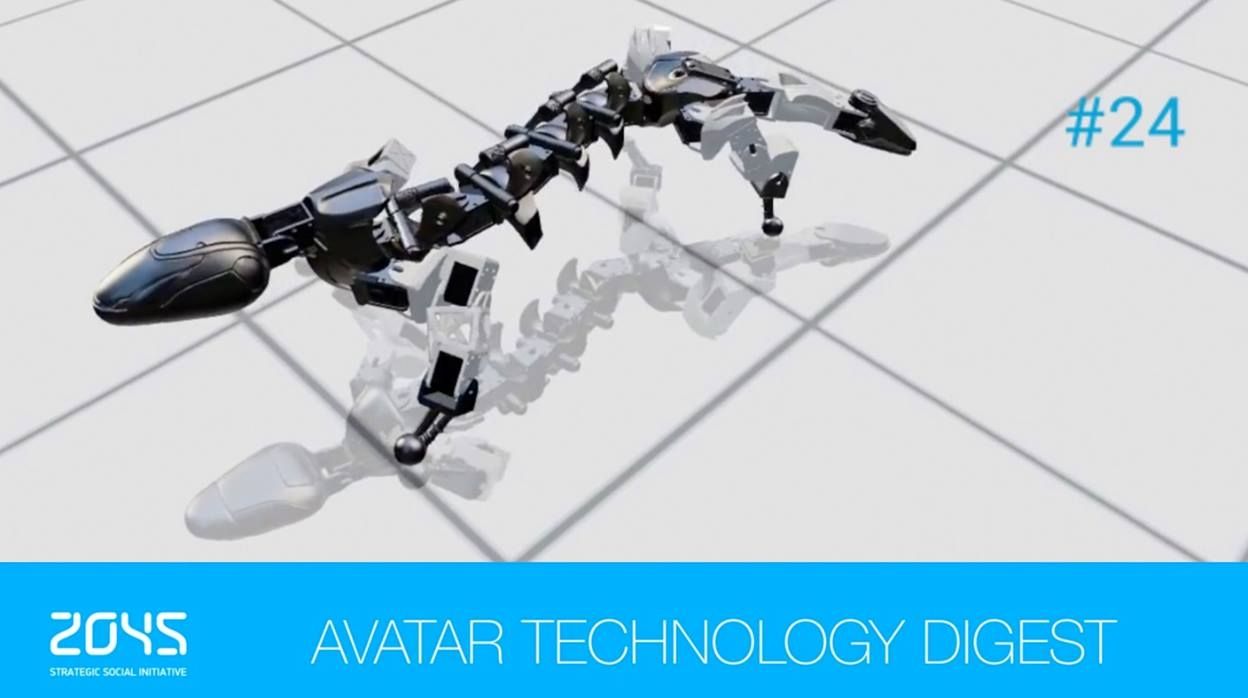
Welcome to #24 Avatar Technology Digest! We provide you with the latest news on Technology, Medical Cybernetics and Artificial Intelligence the best way we can. Here are the top stories of the last week!
1) Did you know that Disney does more than shoot box office hits and sell toys to your kids? They also have a very active Research Department that specializes in a variety of applications that can be used throughout the Disney empire. And now another interesting innovation has come out of the Research Department, as they have developed a method for generating those 3D printable robots without the need for time and energy-consuming work at all.
2) Being able to identify problems with a person’s body without subjecting them to invasive procedures is the fantasy of all Star Trek doctors. There’s even a prize offering a fortune to anyone who can effectively recreate the tricorder technology out in the real world. Now, Stanford scientists think that they’ve developed a system that, in time, could be used to spot cancerous tumors from a foot away.
3) Technology is all around us, but what happened to the robots we dreamed of as kids? The ones who could be our friends and members of our family. The robots who were as smart as our smart phone, but could walk and talk and learn and engage with us, in a way no smart phone ever could. We think the Human-like household robot Alpha 2 by Ubtech Robotics could finally be that robot, and with your support, we can make Alpha 2 a reality.
4) Imagine playing a virtual-reality boxing game, complete with a menacing opponent aiming a haymaker at your head. You get your gloves up in time to block the punch, but you feel no impact when it hits, breaking the otherwise immersive experience.
Researchers in Germany have developed Visual reality technology for an armband that lets you feel impact from virtual interactions.
TV Anchor: Olesya Yermakova @olesyayermakova
Video: Vladimir Shlykov www.GetYourMedia.ru
Hair&Make-up: Nataliya Starovoytova
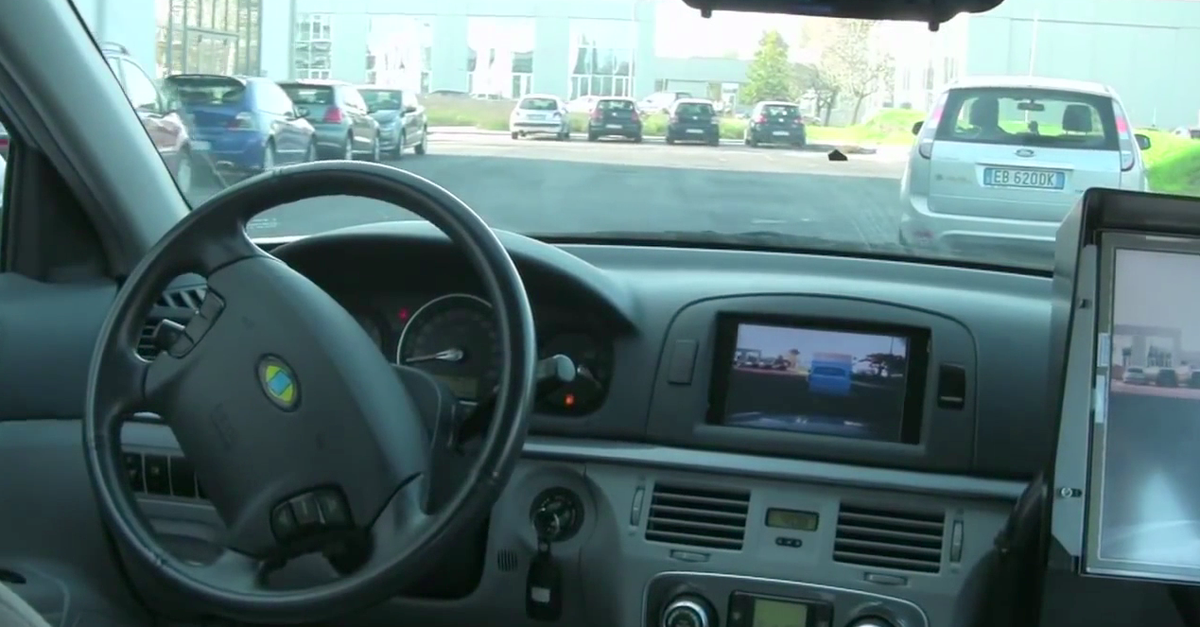
“Just a few years ago, automated parking was a revolutionary new technology — now it comes as a standard option in some production models. This is how I believe driverless vehicles will come to be accepted in the future,” says Wei-Bin Zhang, IEEE fellow and a researcher engineer at the California PATH program, Institute of Transportation Studies of University of California at Berkeley.
That’s right — we may be on the brink of an all-out self-driving car revolution.
We’ve already seen cars that can stay in their lanes and apply the breaks by themselves, so to many, an autonomous car is just the next step in the natural progression. And the automotive industry is taking this very seriously. According to a study by Intelligent Transportation Systems (ITS), the self-driving market is estimated to grow to $33.89 billion in the next five years.

Bloomberg recently broke the news that Google is “turning its lucrative Web search over to AI machines.” Google revealed to the reporter that for the past few months, a very large fraction of the millions of search queries Google responds to every second have been “interpreted by an artificial intelligence system, nicknamed RankBrain.”
The company that has tried hard to automate its mission to organize the world’s information was happy to report that its machines have again triumphed over humans. When Google search engineers “were asked to eyeball some pages and guess which they thought Google’s search engine technology would rank on top,” RankBrain had an 80% success rate compared to “the humans [who] guessed correctly 70 percent of the time.”
There you have it. Google’s AI machine RankBrain, after only a few months on the job, already outranks the best brains in the industry, the elite engineers that Google typically hires.

It‘s older, but interesting!
The year is 2050 and super-intelligent robots have emerged as the masters of Earth. Unfortunately, you have no idea of that fact because we are immersed in a computer simulation set decades ago. Everything you see and touch has now been created and programmed by machines that use mankind for their own benefit. This radical theory, demonstrated in numerous books and science fiction films, has been, and is currently regarded by science as possible; Moreover, scientists are taking this theory to a cosmic level and even believe that if only one extraterrestrial civilization in the universe go the technological level to “emulate” an entire “multiverse,” then even our probes and space telescopes, which are out there exploring the universe, belong to that “creepy simulation.”
Robert Lawrence Kuhn, author and host of the Closer to Truth program, recently explored this theory in an episode where he interviewed several scholars, including Nick Bostrom, a philosopher at Oxford University, who argues that the scenario presented in the movie The Matrix might be true, but “instead of brains connected to a virtual simulator, own brains would also be part of the multiverse simulation.”